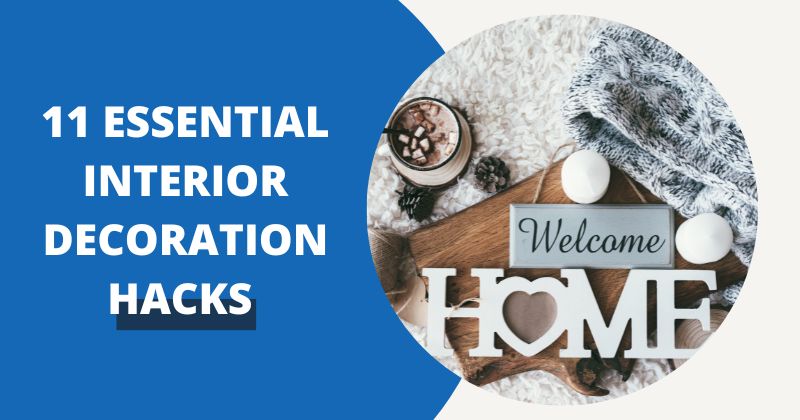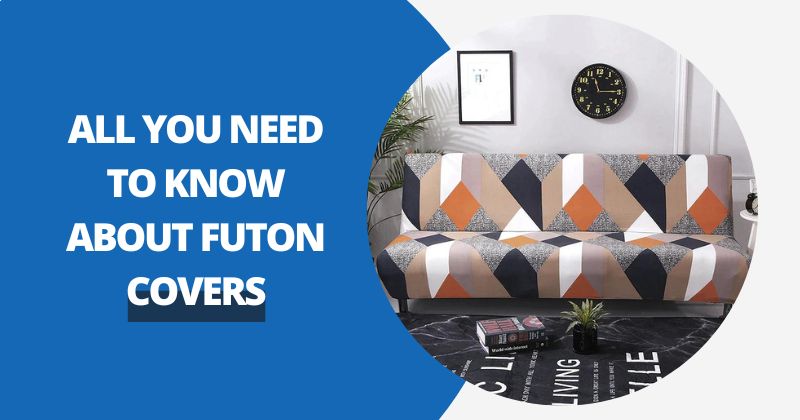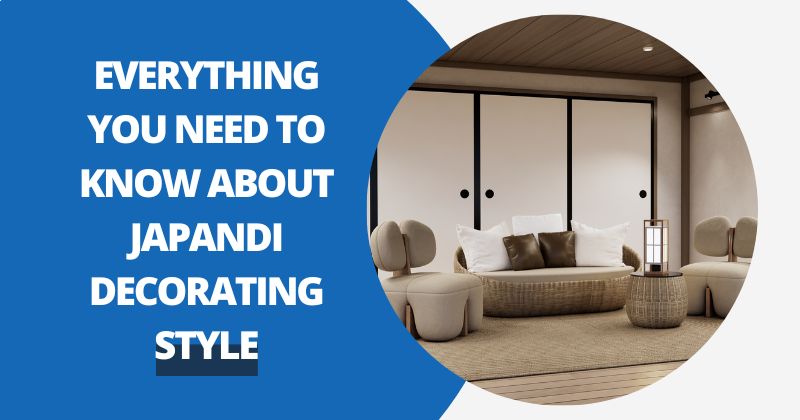
11 Essential Interior Decorating Tips - Turning Your Home into a Dream Space
Whether it's determining the paint that best suits different rooms, lighting options, or furniture placement, there are so many elements to consider. That's where the help and expertise of an interior designer become invaluable.
Whether you're renovating an entire house, giving your kitchen a refresh, or adding a pop of color to freshen up a living room, these helpful DIY and decorating tips are not to be missed.
1. Customize Your Home Yourself

Remember, it's your home. There's no right or wrong in interior decoration, everyone has the potential to design their own decor. It's just a matter of having an eye for it. Remember, you're in control. It's helpful to consider the latest trends, but always give something a personal touch to make it special. Your home is where you spend most of your time, so the space should reflect you."
2. Find Inspiration with Social Media Images

Transform your interior by gathering inspiring images from magazines, Instagram, Pinterest, etc. "Once you have a solid collection, you'll start to see the look you'd like to achieve. Creating a mood board is a great way to use your creativity to unlock any hidden design inspiration you may have unconsciously seen.
Buy a large board and pins from your art or stationery store and gather samples, images, fabric samples, wallpapers, furniture, and flooring samples that you might want to use. This way, you can see how they will fit in the room." It's important to add textures through flooring, rugs, and fabrics such as velvet, wool, and tweed. Place the mood board in the room and live with it for a while."
3. Think About Colors and Fabrics

Start narrowing down the colors you want to use - for painted walls or wallpaper, furniture, blinds, and curtains. The third color could be a highlight for cushions, lampshades, bedspreads, and accessories like a tablecloth or even a painting."
4. Try Before You Buy Paint and Wallpaper

Remember that colors can change depending on the lighting, so buy paint pots and samples. Paint several paint samples on A2-sized sheets, display them on the lightest and darkest walls in the same room to see how natural light affects the shade. This method is especially effective for finding the best paint because it changes a lot depending on the light.
It's the same for wallpaper: Stick wallpaper samples on the walls and drape large samples over existing furniture or pin them to existing curtains and blinds. Step back and see what you think.
5. Transform the Old into the New

If you have a blank canvas, it's easier, but most of the time, we have to work with existing sofa covers or existing rugs, etc. Look closely at the rug and see if you can work with the colors it contains. Maybe you can reupholster your favorite old sofa to give it new life? Decide if you like patterns or solids, traditional or contemporary, and look at the color wheel or nature itself to see which colors go together. For example, pinks and reds with greens, yellows with grays and blues.
6. Measure the Furniture

Decide on the furniture you want to put in your room. Think about scale: in a large room, you need a large sofa and an ottoman," advises Vanessa. Most designers recommend that even small rooms have a large piece of furniture, even if it's a headboard in a bedroom. A balance between large and small pieces will create an attractive living space.
7. Analyze the Look and Take Your Time

Collect items as you find them, that way you'll buy things you've fallen in love with. Rather than settling for what's available in some stores or online when you need something. You can take the time to analyze the look and colors of your room with accessories. The more time you spend adding items to your home, the more your interior decorating knowledge will expand, as you'll understand what works best with certain features.
8. Order Returnable Samples
Once you've narrowed down your choices and have a good idea of what you want, order returnable samples. These are half-meter fabric samples that work best when draped over the back of a chair or attached to existing curtains or blinds. The test will show if you're still happy with it after a few days. It's also a great way to see how fabrics match with paint colors.
9. Be Bold with Your Paint Ideas

The era of strict paint rules is over. The key to modern interior decoration is to embrace the paint idea that suits you. There are no longer rules for painting door frames, baseboards, and ceilings in bright white - in fact, some top interior designers oppose it! Painting baseboards changes the game: painting baseboards the same color as the walls can help expand the room.
10. Add the Finishing Touches
The finish is the most fun part! Lampshades, rugs, cushions, paintings, and plants can all make a huge difference, but it can be difficult to choose them before painting or wallpapering the walls and hanging curtains. Even the colors of the backs of books on a bookshelf, a throw on the back of the sofa, or in a ceramic kitchen, tablecloths, create opportunities to add accents of color.
12. Fill a Room with a Distinctive Fragrance

Take a cue from the hotel style and give your home a distinctive scent, it's amazing how much it can transform your home. Luxury hotels select a key fragrance that they diffuse throughout the room and then associate it with the place they are. There's no place like home, so make sure all your senses are awakened to the feeling of being at home as soon as you walk through the door. Use the best home fragrance through scented candles, diffusers, and essential oils.


